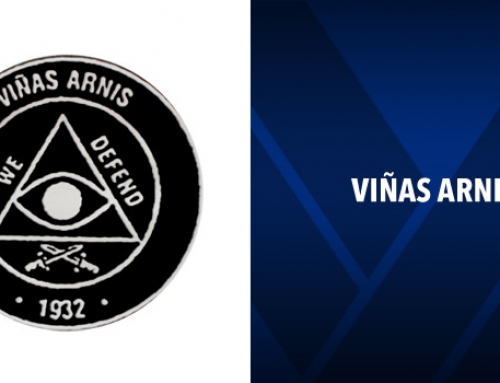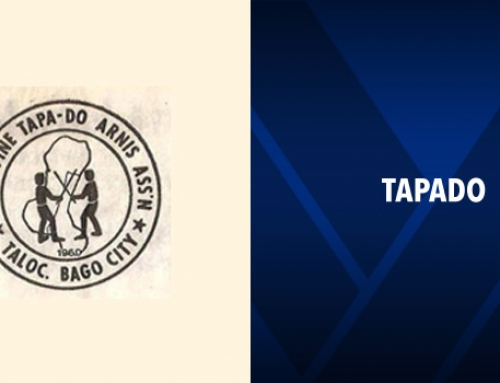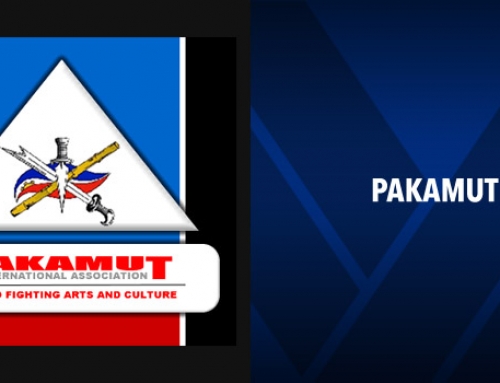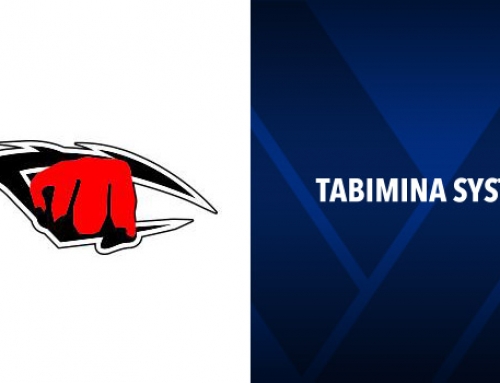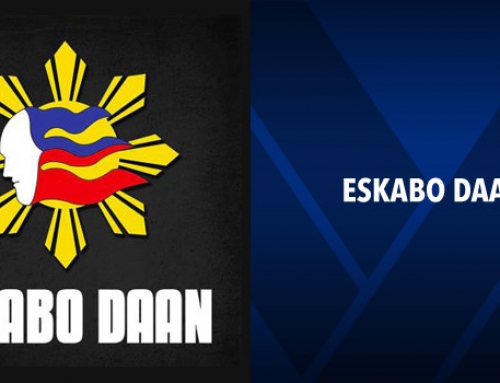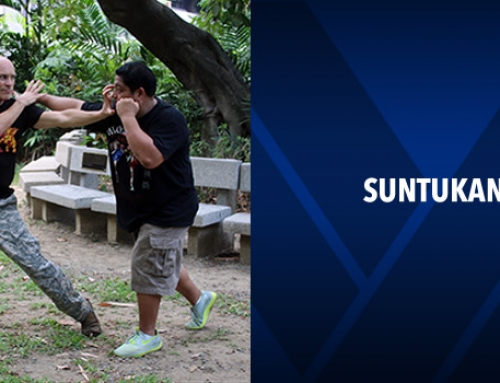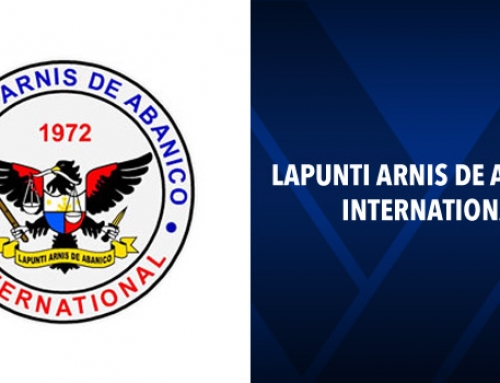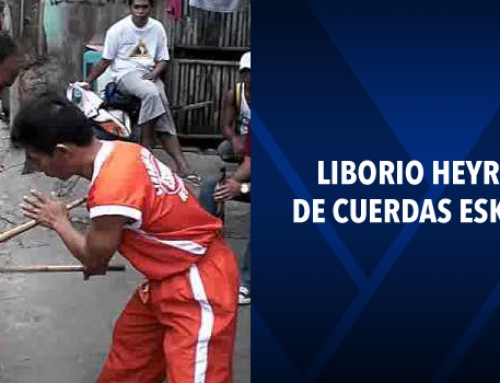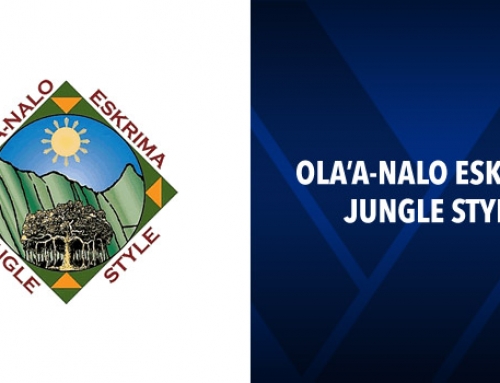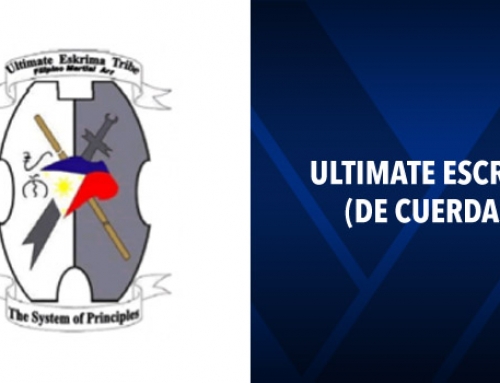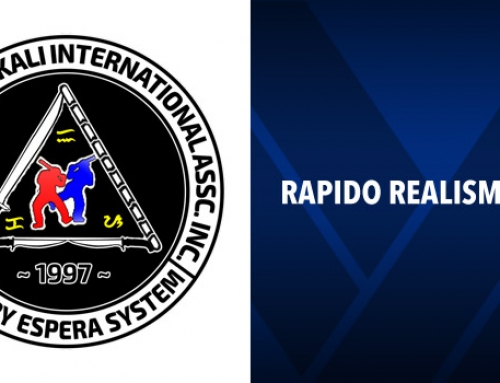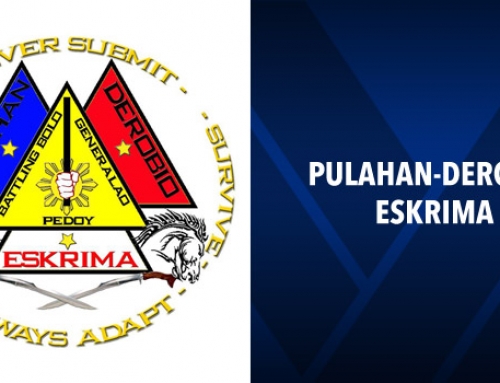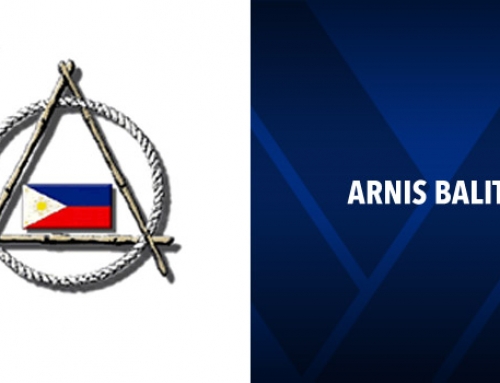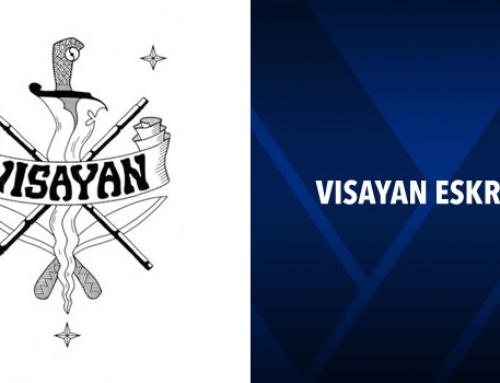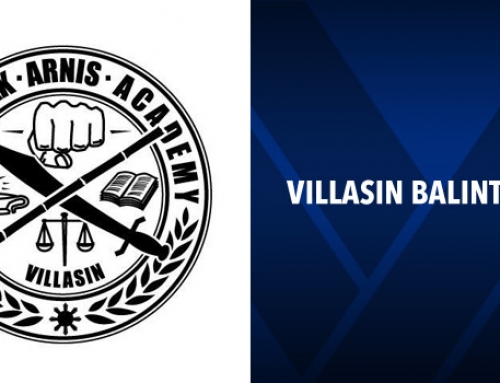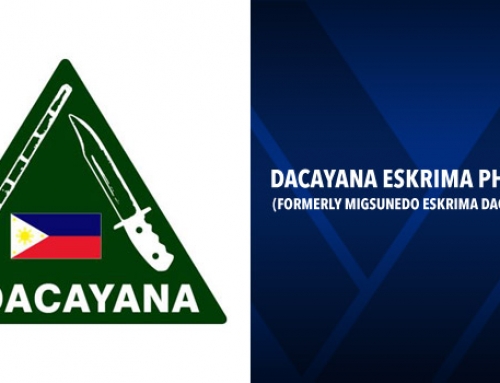To those who have bothered to notice, one name has practically been a constant in local and national mixed-martial-arts tournaments: Yaw-Yan, short for Sayaw ng Kamatayan or Dance of Death.
Yaw-Yan came into prominence in the Philippines in the 1970s when its fighters mowed down the opposition in kickboxing tournaments.
To the casual observer, Yaw-Yan might appear just another method of kickboxing akin to Muay Thai, the perception reinforced by the concentration on kicking techniques (70-30 ratio of kicking and punching) and the muay-Thai type of shorts worn by Yaw-Yan stylists, mainly for comfort not fashion.
It is interesting to know that Yaw-Yan delegations have competed in international Muay Thai tournaments, like in the recent 3rd World Muay Thai Championship in Bangkok, giving as good as they got.
Magician
Yaw-Yan was officially established in 1972. It is a highly-aggressive and hard fighting style created by Napoleon “Nap” Fernandez, who was born in Quezon Province eight decades ago. He will turn 81 on Aug. 17.
His first self-defense teacher was his father, a magician by trade who not only taught his son the conjurer’s art but also the Japanese martial art of jiujitsu starting at the age of seven.
His father wanted him to follow in his footsteps and pull rabbits out of hats but the martial-art bug bit him hard and his lifelong path has followed that route ever since, running away from home when he was 13.
Like the great Bruce Lee, one can call Fernandez an innovator and iconoclast.
He was not content to stop his martial arts study on jiujitsu. Older students of Yaw-Yan admit that they wore a gi in the dojo before and that they had karate lessons. Like its founder, Yaw-Yan has evolved to what it is now – an unpretentious economical system that teaches its adherents to hit and hit hard.
Hands, elbows, feet, knees are employed to strike. Whoever hits the fastest and the hardest wins. A favorite tool to help one do this is the Yaw-Yan hitting bag, the stuff of legend.
Most martial arts styles use the Western boxing punching bag to accustom students to striking. Take the usual punching bag, take away the rope that suspends it from the ceiling, multiply its size 50-fold and you have the Yaw-Yan striking bag.
Even the most hardy of strikers will be shocked at first sight of the Yaw-Yan striking bag. This forces Yaw-Yan stylists to hit hard and accurately.
The indentation on the side of the bag bears witness to the thousands of strikes it has received. If a person can do that to a huge stationary bag, imagine what that same person can do to a human being who weighs a 50th less.
It wasn’t uncommon until 10 years ago for martial-arts clubs to come uninvited and challenge other clubs for sparring sessions. Full-contact sparring sessions.
Yaw-Yan clubs had their fair share of these challenges and Yaw-Yan old-timers still brag of the free and humbling lessons they gave those intrepid adventurers.
Such a robust self-defense technique should come from an equally tough source. At 80, Fernandez still trains daily. Being a believer in good nutrition, preferring fruits and vegetables to meat, helps explain his health and longevity.
No Royalties
You might ask that the founder of a popular martial-arts system has gotten rich on his creation. The opposite is true. Even the BIR (Bureau of Internal Revenue) would attest to Fernandez’s humble finances. Schools all over the country bearing the Yaw-Yan imprint don’t exactly pay Fernandez royalties. He has granted full management of his school in Bulacan to somebody else.
With so many Yaw-Yan schools around, some that may even be called splinter groups, Fernandez decided to affix the Ardigma (Arnis Mandirigma) tag to the ones that have his imprimatur.
By gathering diverse techniques from other martial arts and adding his own, Fernandez has created something unique to call his own that he shares with all those interested to learn it.
Fernandez is truly an artist. Not just a martial artist. He is also an illustrator and painter. He is both adept at destruction and creation. He can rearrange your face or render it on canvas. Take this sensible advice – go for the latter.
Our Seal: The Yaw-Yan Symbol
The Meaning of the symbol as explained to us by Master Nap during one of those advanced disciples’ gathering at the old Yaw-Yan temple in Quiapo. Master Nap emphasizes to lead our life based on each of the significance of the Yaw-Yan seal.
All lines on the seal show the non-resistance principle of Yaw-Yan, what we commonly refer to as go with the flow. The non-opposing lines fluidly flow continuously either with others or independently on its own.
The first outermost black circle is thicker than the second black circle or any of the other lines. This circle signifies the infinite power that encompasses all being, no beginning and no end. This outer circle signifies our shield, we aptly affirmed this on our creed “God is my shield”.
The second circle is white, sandwiched between the first outermost black circle & second black circle. This signifies secrecy. Everyone has its own weakness and strength, Yaw-Yan practitioners are not an exception to this. This circle also signifies our faith, when we assert – “Faith is my guide”.
The third circle is another black circle; this signifies Organization and Honor, the organization which binds all Yaw-Yan brothers & sisters together. Give due respect and obedience to our Grandmaster, as well as to your elder brothers and sisters.
Address the founder as “Master” and your elder brothers and sisters in the art as “Sir” and “Ma’am” respectively. Remember to say “po” and “opo”, and be polite to everyone including your younger brothers and sisters in the art.
This traditional hierarchy within the organization, common to our Filipino customs and values shall be observed at all times. The blue circle, the red ellipse, and white space are all directly connected to this third circle, this is to remind each of us that life’s most valued treasure more valuable than life itself is our Honor. Hence, we say in our creed – “Honor is my wealth”.
There are 3 main colors inside the black circle which signifies the same meaning as the Philippines’ flag – White for peace which can also mean truth or purity, Red for bravery, and Blue for loyalty.
White signifies peace; it covers the largest colors than red and blue to remind us to be always at peace and to live harmoniously with others. White also signifies Truth or Purity; when we affirm – “Truth is my fortune”€, this is the color to come to mind.
Red signifies bravery and preparedness, always ready for what is to come. The space it occupies on the seal also stands for 40 basic kicks. This color is on a sort of elliptical or eclipsing shape.
Imagine this to resemble the Philippine bamboo tree — when young, it boasts to reach the sky, it continues on as it grows, but gradually in time as it aged it bends humbly forward. This is the same as the learning process common not only in all martial arts but life in general.
Blue stands for Loyalty and Allegiance, it is next to red and also occupies the space next to white. The space it occupies on the seal also stands for 12 bolo punches.
Notice that this color is on a humbly smaller round circle than the other circles — where it begun it continues without end. It is directly connected to the bigger circle, signifying loyalty to the organization. Yaw-Yan members are loyal to the brotherhood, the organization, and to its founder.
When you became an advanced disciple, you were not given a belt which you can easily take off your waist, but a branded mark you carry with you wherever you go, signifying that you are a part of the whole.
We willingly accept the hot iron brand, giving up our ego and our fears, to pledge our loyalty “Once a Yaw-Yan, always a Yaw-Yan”.
All the curving lines and the colors – black, white, red and blue… stands for the creed declaration – “Yaw-Yan is my weapon.”


